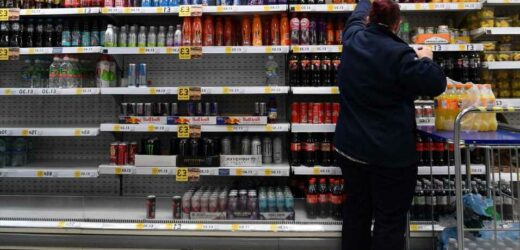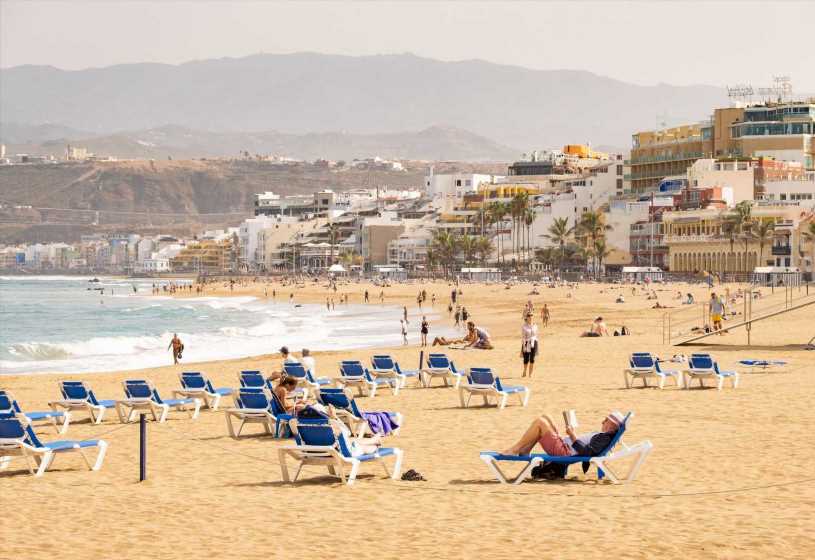SUPERMARKETS are using six top layout tricks to coax shoppers into spending more amid the financial pinch.
The secret mind games being used by big chains were exclusively revealed to Sun Money by a senior insider.
Our source is an experienced management figure in the hush-hush world of “space planning,” the multi-million industry which merges store design and psychology to make shoppers buy more.
The expert said supermarkets are pushing layout hacks harder than ever as cost-of-living increases hit spending.
Stores are also battling reduced shopper numbers due to Covid concerns, booming online supermarket deliveries and grocery competition from Amazon and delivery firms including Getir.
Persuading shoppers to spend 10% extra in supermarkets would be worth £8billion over a year, Office for National Statistics data shows.
Our source said: “Supermarkets are putting more effort than ever into 'space planning' now due to customers' financial concerns and the increased shift to online.
“The difference in supermarkets' potential income from millions of customers each buying slightly more would be significant.”
Most read in Money
TIME'S TICKING Just WEEKS left to apply for new card or miss £442 of Healthy Start Vouchers
Monzo app goes down leaving hundreds of customers unable to make payments
I went from being £22k in debt to buying £96,900 first home – here’s how
Millions of households could be hit by SURGE PRICING on energy bills
Here, our expert tells you supermarkets' top six layout tricks to make you spend more.
And we tell you how to fight back in the game of psychology you play every time you walk into your local supermarket:
Ambush Sales
Design experts hijack shoppers' intended short visits by surprising them with products in unexpected places.
Our layout guru said: “Customers enter supermarkets on a primary mission, to buy products they have in mind.
“Giving them a secondary mission to buy additional items boost sales. This can be done by surprising shoppers with placement.
“So for example, the end of a cereal aisle might have alcohol, Easter eggs, kids' clothes or a new homeware product. Items positioned like this achieve high sales.”
HOW TO BEAT THE TRICK: Do not to be distracted from your target buys.
Make customers choose pricey products
Selling both budget and luxury versions of a product makes customers think they are rewarding themselves if they pick the expensive one. The tactic increases sales of the more profitable pricey item.
The expert said: “Customers can be traded to a higher price point.
“Take tuna – some budget own-brand tins are about £1 but higher-end ones are more like £2.
“The expensive one says it is line-caught, sustainable tuna and the packaging looks better, so customers get satisfaction by deciding they deserve it.”
HOW TO BEAT THE TRICK: Do not buy for ego, buy for price.
Top sellers in mid-aisle
Stores often put the highest-selling products in the middle of the aisle.
It obliges customers to walk past either half the aisle twice, or the full length of the aisle, to pick up the product. This allows more other items to catch shoppers' eyes.
Popular drinks Coca Cola and Birra Morretti can be a popular draw to the middle of drinks aisles.
Our source said: “It's simple – making shoppers see more products helps sales of those less-popular goods.”
HOW TO BEAT THE TRICK: Don't browse, just pick up your preferred product.
Multibuy mind games
Customers think multibuy and 'dinner for two' packages are good deals – but supermarkets are manipulating shoppers' thoughts to persuade them to spend more.
Higher sales volumes for stores normally outweigh any reduced profit margin on the deal.
Our boffin said: “Shoppers think 'that sounds good' – but supermarkets are pulling the emotional hit of a bargain or romantic dinner. The reality is shoppers often spending more than intended.”
HOW TO BEAT THE TRICK: Sidestep multibuy or meal package signs. Buy what you came in for.
Hidden bargains
Stores often like to keep bargain own-brand products out of shoppers' sight on the bottom shelf, meaning more customers buy eye-level goods, usually big-profit and mid-range.
Top-end branded items often go even higher up, on the top shelf.
The design chief said: “Supermarkets put what they really want to sell at eye level. Products in this section of shelving have good profitability.
“Some shoppers spot an item at eye level, grab it and move on. It means they miss the cheaper own-brand versions. Retailers keep these tucked away lower down, as they are have lower profit margins.”
HOW TO BEAT THE TRICK: Bend down for bargains.
Chase the eggs
So why is it so hard to find the eggs in a supermarket? To make you walk past as many products as possible on the way, of course.
Eggs are often tucked away near the back corner of a shop. They are also usually not near the milk or bread, meaning you will see – and be tempted by – even more non-essentials as you search for the three essentials.
Our layout supremo said: “Keeping basics in harder-to-find locations increases sales of items shoppers must pass.”
HOW TO BEAT THE TRICK: Ask a shop assistant – or head for the back of the shop.
We pay for your stories!
Do you have a story for The Sun Online Money team?
Email us at [email protected]
Source: Read Full Article







